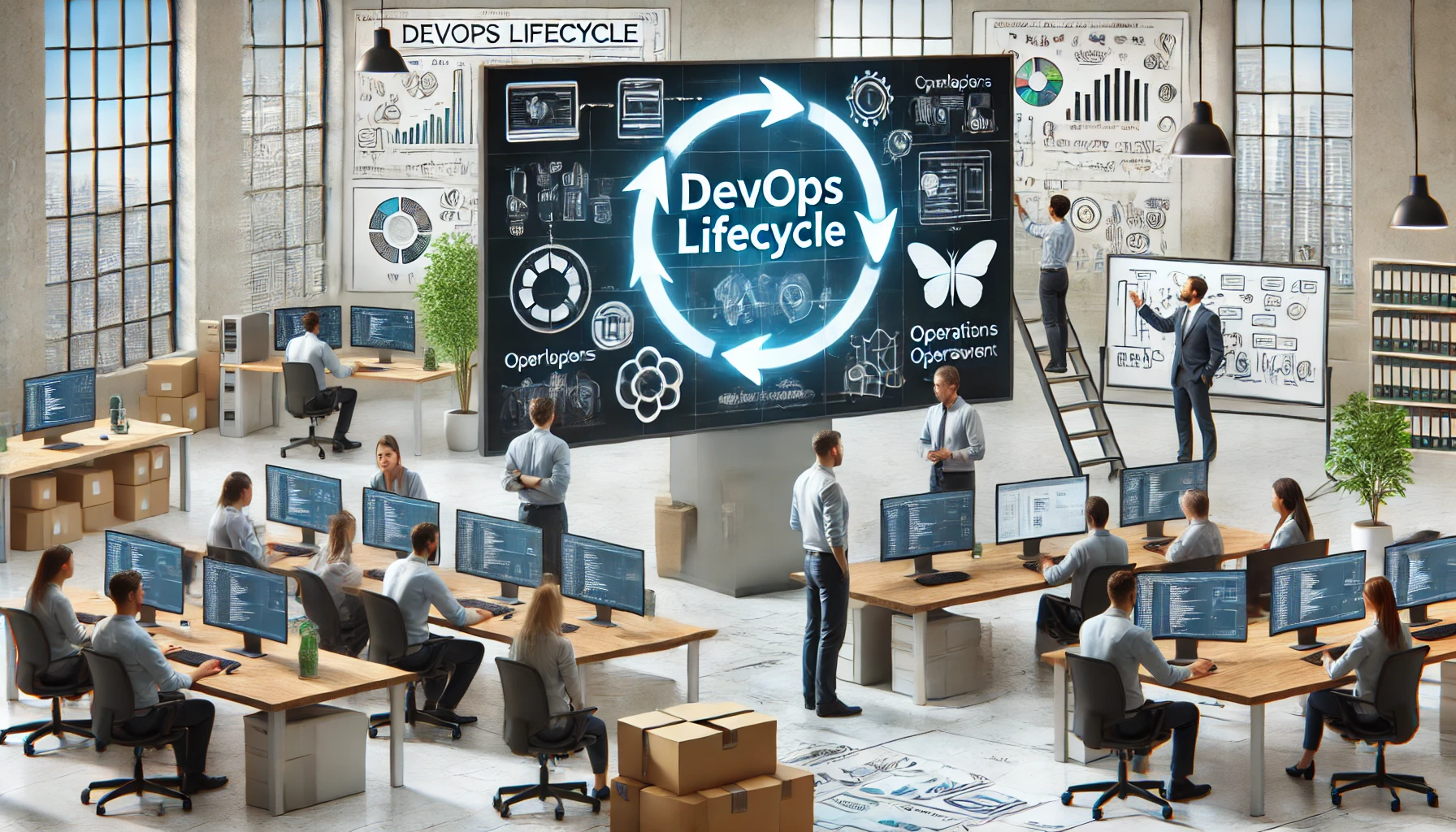DevOps
-
Mastering GitHub Actions: The Complete Beginner’s Guide to CI/CD Automation
Ready to transform your development workflow from manual chaos to automated perfection? This comprehensive guide takes you from GitHub Actions beginner to…
-

Understanding the DevOps Lifecycle
Introduction In today’s fast-paced software development environment, DevOps has become an essential methodology for delivering high-quality software swiftly. DevOps bridges the gap…
-

Setting Up Your Development Environment
Welcome! So you want to explore or improve your devops skills? Setting up a development environment is the first crucial step towards…
-
Introduction to Platform Engineering and DevOps
Welcome to the world of Platform Engineering and DevOps! We are here to get you started on your journey. We will explore…
-
Enhancing Kubernetes Observability with Prometheus, Grafana, Falco, and Microsoft Retina
Introduction In the dynamic and distributed world of Kubernetes, ensuring the reliability, performance, and security of applications is paramount. Observability plays a…